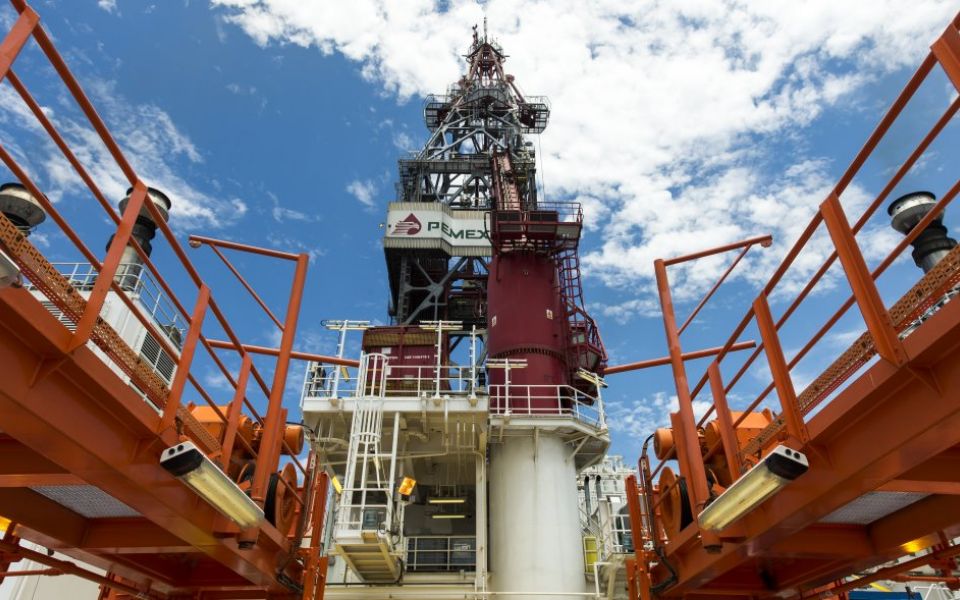
The outlook for the oil price is bearish

Since hitting a three year high in the last week of January, the oil price has been volatile. Investors were getting very bullish on the oil price, with hedge funds and other money managers building up record net-long bets on oil futures, a run-up that only started to fall back recently. While the Saudis have been policing its allies to ensure compliance with lower output quotas, which were first agreed in November 2016, the US has taken the Republican’s “drill baby drill” phrase to its heart.
The US is now expected to become the world’s largest oil producer in 2019, the International Energy Agency said this week, as soaring output from shale fields offsets Saudi prudence. US crude output is now 1.3m barrels a day higher than at this point last year and the IEA expects US output will surpass Saudi Arabia and could overtake Russia by the end of the year. “US producers are enjoying a second wave of growth so extraordinary that in 2018 their increase in liquids production could equal global demand growth,” the IEA said.
Bearish signs
When this is coupled with concerns about overheating in the US economy, following recent jobs data and a very loose fiscal budget proposed by President Trump, the outlook for oil could look bearish.
Demand remains robust and the synchronised global economic recovery looks set to gatherpace. On Monday, Opec increased its forecast of oil demand this year, with the cartel now expecting growth of 1.59 million barrels per day (bpd) this year, an increase of 60,000 bpd from last month’s forecast.
“Recently, healthy and steady economic development in major global oil demand centres was the key driver behind strong oil demand growth,” Opec said. “This close linkage between economic growth and oil demand is foreseen to continue, at least for the short term.”
Also this week, the IEA upped its demand forecasts too. The Paris-based organisation raised its forecast for oil demand growth in 2018 to 1.4m bpd, from 1.3m bpd previously, after the International Monetary Fund upped its estimate of global economic growth for this year and next.
Currency matters
Of course, making predictions about the future direction of the oil price is often a fool’s errand. There are many unpredictable moving parts, any one of which could wreck a forecast. These include hurricanes in the Atlantic, instability in a major Middle Eastern producer, disagreements in the Opec cartel and new technological developments. Movements in the dollar are also important for the oil price.
The dollar and commodities typically have an inverse relationship, as a stronger dollar makes dollar-denominated assets more expensive to buy in other currencies. The US currency has been surprisingly weak against other currencies, despite the fact that US interest rates are expected to rise more rapidly than elsewhere. This expected interest rate differential has to start having some impact on the dollar, with the greenback likely to strengthen over the year. This would also be a negative for the oil price.
Nothing on this website should be construed as personal advice based on your circumstances. No news or research item is a personal recommendation to deal